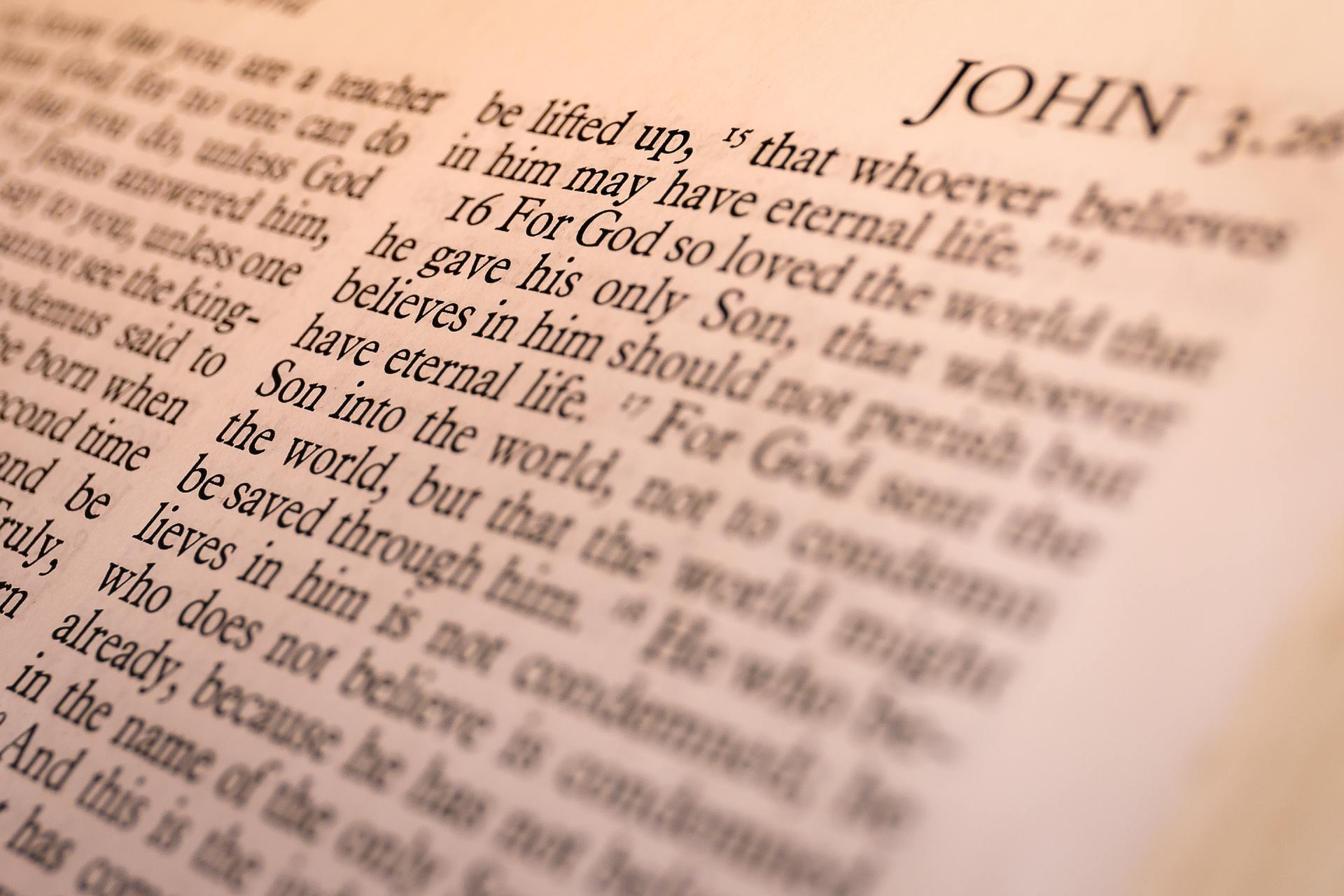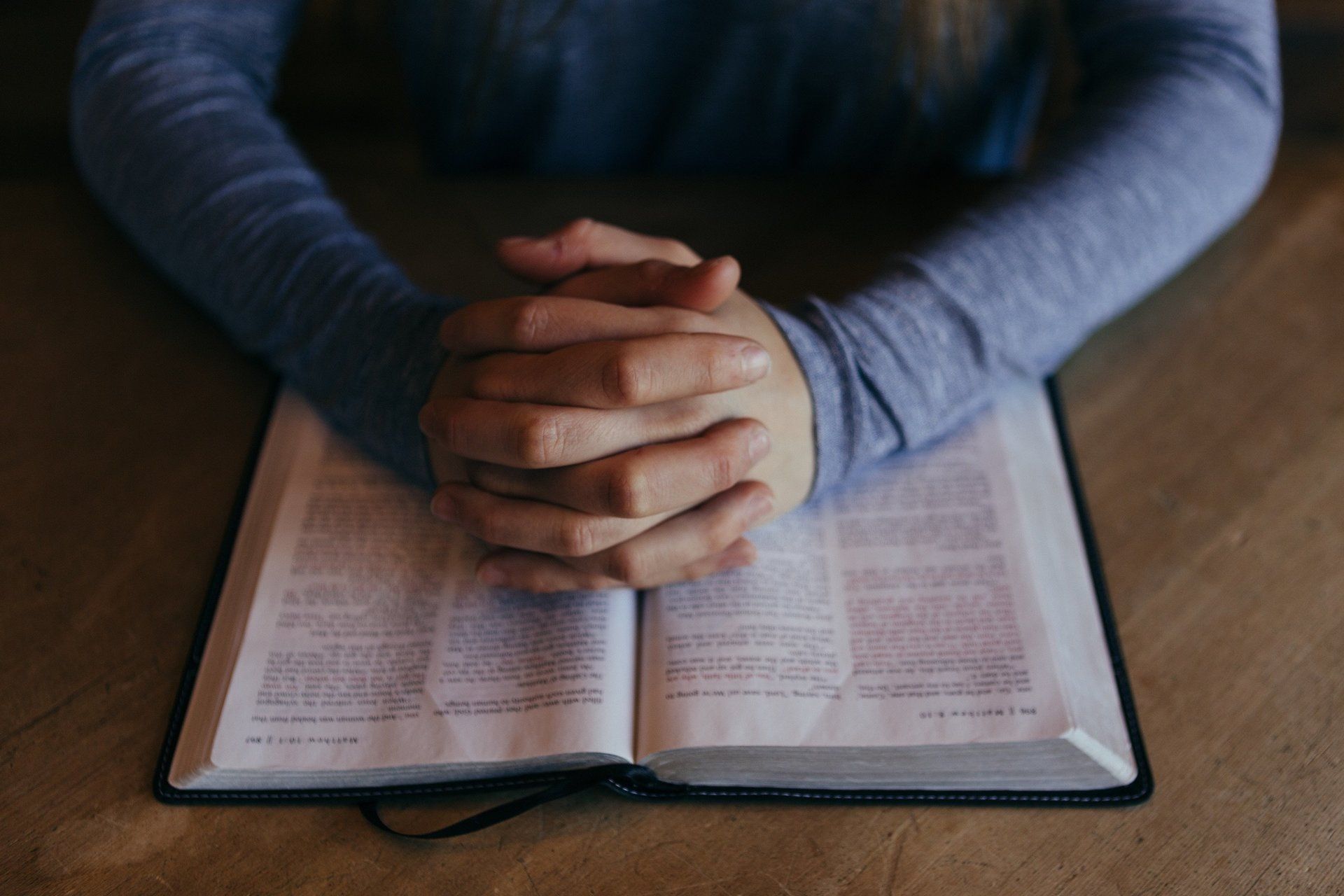Resources for Ministry Leaders
Extraordinary Ministers of Holy Communion
ADDITIONAL INFORMATION IS TO BE VIEWED AS A PDF FOR MINISTERS OF HOLY COMMUNION REFERENCE
You are first and foremost a member of the Body of Christ. In confirmation you were anointed with chrism as one who shares in the priestly, prophetic, and royal ministry of Jesus. The fullest and most central expression of your ministry as a baptized Christian has been your participation in the celebration of the Eucharist.
With Jesus as our model, we remember the role of ministry is about humility and service. Our task is to welcome those who approach the Lord’s table, to extend to them the hospitality that has been extended to us by Christ himself.
The word Eucharist comes from the Greek word for “thanks.” We must receive the great gift of the Lord’s presence with grateful hearts and share that gift generously and joyfully with others, both in the ministry of communion and in our daily lives.
The reverence that we owe to the presence of Christ in the Eucharist we also owe to the Scriptures, the gathered assembly, and the priest, because Christ is present in all of them.
Resources for Extraordinary Ministers of Holy Communion
Redemptionis Sacramentum
Ministers of Music
A psalmist, a cantor, an organist, other instrumentalists, a choir, and a director of music aid the gathered assembly’s full participation in singing responses, acclamations, and other texts set to music. These musicians exercise a genuine liturgical function and, by their role, help to add beauty and solemnity to the celebration.
The psalmist has the special task of drawing all present into the proclamation of the word of God in the psalm by introducing the psalm responses and Alleluia or Gospel Acclamation and by singing the verses of the Responsorial Psalm and the Alleluia and Gospel verses. The psalmist may also introduce all antiphons and sing the verses of the psalms used. The role of the psalmist and cantor may be carried out by the same person.
The cantor’s function is to lead and encourage the congregation in singing. In preparation for the liturgical celebration, the cantor may introduce and teach new music to the assembly.
The organ and other instruments not only support and encourage participation through song but also, in their own right, can powerfully assist contemplation and express praise and a variety of human feelings before God.
The choir remains at all times a part of the gathered assembly. It can serve that assembly by leading it in sung prayer and by reinforcing or enhancing its singing – for example, by sharing the singing of the verses or sections of a hymn or song; alternately by introducing a sung response or antiphon; or through harmonizing or elaborating in other ways. Occasionally, the choir may sing alone more elaborate music – for example, an anthem – that can aid the prayerful reflection of the assembly.
Even at celebrations when no choir sings, basic musical participation can be ensured by an instrumentalist and one or more cantors, or by a cantor alone. Especially through responsorial singing, they can draw the people into singing together.
(from “Introduction to the Order of Mass” USCCB)
Resources for Ministers of Music
Sing to the Lord (www.usccb.org/liturgy/SingToTheLord.pdf)
The Gregorian Chant Home Page (http://www.music.princeton.edu/chant_html/index.html)
Music Theory (http://www.musictheory.net)
The Cyber Hymnal (http://web.archive.org/web/20030402002749/www.cyberhymnal.org)
San Francisco Bay Area Choral Archive (http://www.choralarchive.org/choruses.html)
Choral Net ( http://choralnet.org)
National Pastoral Musicians (http://web.archive.org/web/20030419120657/www.npm.org/)
Ministers of the Word
In proclaiming the Word of God, lectors exercise their responsibility in the liturgical celebration. God speaks to the faithful through them, and the effectiveness of their proclamation of God’s Word depends significantly on their conviction, preparation, and delivery. (from “Introduction to the Order of Mass” USCCB)
Like all official ministries in the church, liturgical proclamation of the Word is an awesome responsibility to which one is called and into which one is formed. Saint Benedict wrote in his Rule: “They should not presume to read who by mere chance take up the book … . Only those are to discharge these duties who can do so to the edification of the hearers.”
Liturgical Procedure
One lector is scheduled for the 4:15 Mass, proclaims both Readings and performs all the other duties. At the 8:30 and 10:00 Masses, two lectors are scheduled and divide the duties. Lectors are responsible for finding a substitute if they cannot attend the scheduled Mass.
Lector 1
- places the Book of the Gospels on the altar before Mass
- proclaims the First Reading
- reads the announcements after the Communion Prayer
Lector 2
- proclaims the Second Reading
- places the Lectionary on the ambo shelf after the Reading
- leads the General Intercessions
Before Mass
- All lectors should arrive 20 minutes before the Mass begins.
- Put on the cross-pendant, found in the sacristy, and check your name off on the posted schedule. Let the liturgical coordinator and the bread minister know that you are present.
- Confirm the readings in the Lectionary are marked with the ribbon.
- Lector 1 (8:30 and 10:00 Masses) places the Book of the Gospels on the altar, centered and face down and reviews the announcements, which are on the lectern.
- Lector 2 (8:30 and 10:00 Masses) reviews the General Intercessions, which are on the lectern.
- All lectors are encouraged to sit near the ambo and at the end of the pew.
First Reading
- After the priest has led the opening prayer and the assembly begins to sit down, the lector walks to the ambo. Do not bow to the tabernacle or to the altar.
- Wait for everyone to be seated and the noise to quiet before announcing the reading. Announce “A Reading from… .” Do not add any other language. Pause briefly before proclaiming the reading.
- After you have completed the reading, pause, look at the assembly and announce “The Word of the Lord.” Do not pick up the Lectionary.
- Step down from the ambo and return to your seat.
- At the 4:15 Mass or whenever one lector is present, after proclaiming the First Reading the lector should sit in a pew close to the ambo while the Responsorial Psalm is sung.
- If there is no psalmist, the lector reads the Responsorial Psalm, allowing for a brief silence between the First Reading and the Psalm.
Second Reading
- Upon the conclusion of the Responsorial Psalm, the lector walks to the ambo. Do not bow to the tabernacle or to the altar.
- Once at the ambo, announce “A Reading from… .” Do not add any other language. Pause briefly before proclaiming the reading.
- After you have completed the reading, pause, look at the assembly and announce “The Word of the Lord.”
- Close the Lectionary and place it on the shelf under the ambo.
- Step down from the ambo and return to your seat.
General Intercessions
- The lector (Lector 2) should be standing near the credence table by the conclusion of the Profession of Faith. As soon as it is finished, go to the lectern.
- The lector remains at the lectern until the General Intercessions have concluded with “Amen”, then returns to his/her seat.
- There are some liturgies when the General Intercessions are not recited by the assembly. Before Mass begins, the liturgy coordinator will let lectors know if there is a change.
Announcements
- If there is a second collection, announce it after the communion hymn has ended.
- When the Prayer after Communion is finished, the lector (Lector 1) reads the announcements. Do not add to or edit the announcements.
Recessional
- The lectors are part of the recessional. Neither the Book of the Gospels nor the Lectionary is carried out in the recessional.
Other Notes
- Be there! If you are unable to attend your scheduled Mass, you are responsible for finding a substitute. When a substitute is found, or if you are unable to secure one, it is most important to contact the liturgy coordinator as soon as possible. Lectors are encouraged to attend Mass weekly, whether you are scheduled or not.
- Prepare! Prayer, preparation and rehearsal are necessary to your ministry.
- Proclaim! Be confident and strong. Remember, you are proclaiming the Word, not just reading it.
- Break the reading down and decide where you may need to provide extra emphasis, perhaps an extended pause, to allow the congregation to reflect on the reading.
- Memorize the introduction to the reading (e.g. “A reading from the Letter of Saint Paul to the Philippians”). Memorize the first line of the reading so that you can begin the reading maintaining good eye contact with the congregation.
- Read SLOWLY and pause deliberately, at natural breaks, to allow time for the assembly to absorb the reading.
- Do not be overly dramatic that can become distracting to the congregation, drawing more attention to yourself than to the readings.
Ministers of Hospitality
ADDITIONAL INFORMATION IS TO BE VIEWED AS A PDF FOR MINISTERS OF HOSPITALITY REFERENCE
St. Paul instructed the assembled community to “welcome one another as Christ has welcomed you, to the glory of God” (Rom 15:7). The people are coming as invited guests of the Lord himself, to share in his supper as sisters and brothers. They will appreciate this more readily if they are made welcome by representatives of the community and acknowledged informally by their neighbors. (from “Introduction to the Order of Mass” USCCB)
We are called to be welcoming to all of those who enter our doors. Ministers of Hospitality at St. Teresa of Avila Church are the ushers and the greeters. However, hospitality extends far beyond seating people, handing them bulletins and taking up the collection. We are called to “be Christ” to everyone who enters the doors of our parish, and we are called to embrace them as Christ embraces each one of us.
Liturgical Procedure
- Arrive at least 20-30 minutes before Mass.
- Take time to prepare yourself in the presence of God for your ministry.
- Sign-in on the board in the sacristy.
- Make sure that you have everything set up and ready for Mass, including any materials that are to be given out and the baskets for the collection.
Greeters
- Greet and welcome people as they arrive and thank them for joining us. Hand them the bulletin and any worship aid that may be available for that particular liturgy. Direct them to their seat if needed.
- About 10 minutes before Mass time, go to the top of the staircase that leads to the choir loft and ring the bell.
- When Mass begins, place the sign asking people to use the side doors in front of the center doors but far enough from it that the door can be opened from inside without hitting the sign.
- At any Mass when the church is crowded, stand inside the church near the side doors to assist latecomers. Remain there until the beginning of the Liturgy of the Word.
Ushers
- Recruit members of the present assembly to serve as ushers, if needed.
- Confirm with the liturgical coordinator whether or not there is a second collection.
- Ushers are responsible for taking up the collection.
- After Mass, walk through the church and make sure that everything is picked up and cleaned up. Return books to the racks in the pews. Place extra bulletins in the sacristy.
1. Collection Procedure
a. All Masses
- As the lector approaches the lectern for the Prayer of the Faithful, ushers walk to their stations with their baskets.
b. 4:15 and 8:30 Masses
- Stand near the baptismal font. When the Prayer of the Faithful is finished, each usher walks to the front pew of the first section of pews.
- Do not kneel or bow. Collect from one section front to back on both sides of the section. Then, walk to the front pew of the next section and collect from front to back on both sides.
c. 10:00 Mass
- Stand along the wall on each side of the church. When the Prayer of the Faithful is finished, each usher walks to the front pew of the middle section of pews.
- Do not kneel or bow when reaching the front of the pews. Collect from one section front to back on both sides of the section. Then, walk to the front pew of the next section and collect from front to back on both sides.
d. All Masses
- After the collection has been taken, the ushers walk to the back of the church and combine the collection into one basket. Two ushers carry the basket to the gift table and empty it into the wicker basket.
- One usher takes part in the Procession of the Gifts and presents the filled collection basket to the presider. The second usher waits at the gift table for the usher in the procession to return to the gift table.
2. Presentation Procedure
When the procession of the gifts arrives before the presider, the usher holds the basket as the presider touches it. The usher then steps toward the cup minister to allow the bread and wine to be received. When the presider approaches the altar, the usher joins the second usher, waiting at the gift table, and the two of them take the collection to the sacristy. There, they place the money into the plastic bag and secure it in the far right cabinet. Note: Two people must be present during this action.
3. Second Collection Procedure
If there is a second collection, the ushers pick up the collection baskets and take the collection in the same way as the regular collection. The second collection is taken after the communion hymn ends and the lector announces it. Two ushers take the collection into the sacristy. There, they place the money into the plastic bag, secure it, and put it in the far right cabinet. Note: Two people must be present during this action.
Other Notes
Seating: The main church should be used as the primary seating space. Occasionally, during
Christmas and Easter, the choir loft is open.
Restrooms: Restrooms are located near Avila Hall; at the back of Sammon Hall.
Telephones: There is a telephone located in the office in Sammon Hall.
CPR: All ushers are encouraged to be trained in CPR.
Entrances/Exits: Ushers should be familiar with all of the entrances and exits so that they can direct people as needed.
Fire Extinguishers: There is one extinguisher by each of the side doors in the church.
Resources for Ministers of the Word
The Lector at Mass
http://www.usccb.org/liturgy/girm/lit3.shtml
http://www.podcastalley.com/player/player.php?pod_id=43329
The Ministry of Lector




